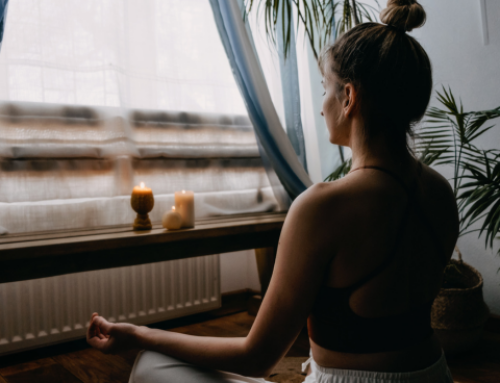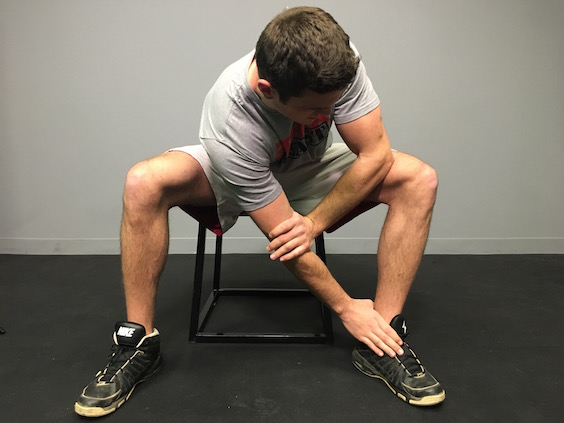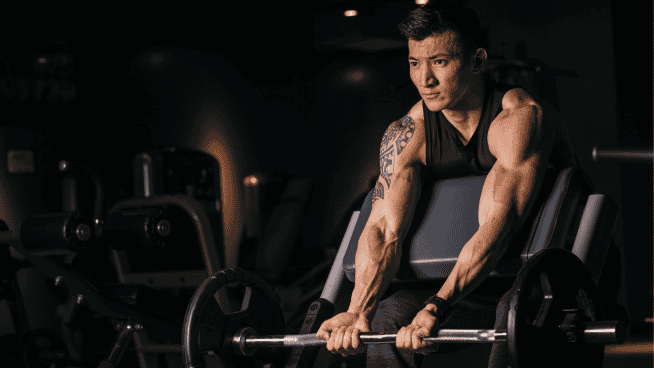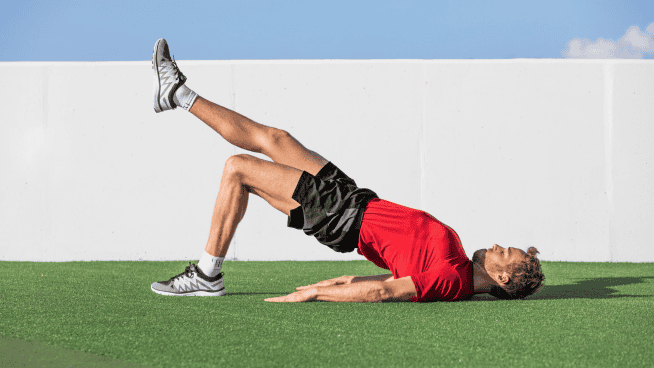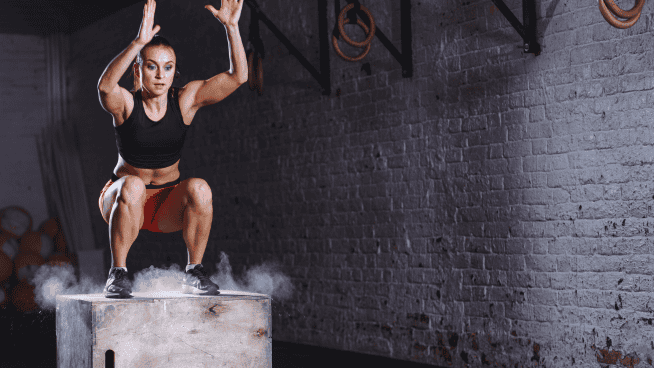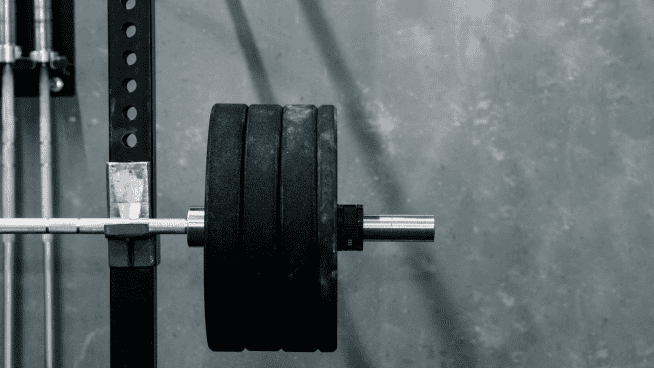Let Them Be Barefoot: The Importance of Kids Going Shoe-Less
There are 206 bones in your body. These bones are held together and can move through time and space thanks to a nervous system that controls over 600 muscles. However, one body part rules them all when it comes to intricacy and complexity: the foot.
The human foot is made up of 26 bones. Double that for two feet, and you realize that of the 206 bones in the body, 52 are in the feet, 25% of the total number of bones you have. These 26 bones in each foot make up 33 joints, which are moved and stabilized by over 20 muscles. Your feet are very complex structures!
The foot also has a tendency to be sensitive, as there is a vast network of nerve endings that are embedded into the skin on the sole. This is an evolutionary feature, as humans have not always worn shoes, and increased sensitivity on the bottom of their feet helped them safely navigate their environment, sometimes in low-light conditioning. The foot can also grasp objects, which makes it very beneficial for moving along difficult terrains and maintaining balance.
Part of what makes the foot so interesting is its potential impact on developing quality movement. The foot has hundreds of thousands of nerve endings in it, with a large amount being sensory nerve receptors. This is crucial for young kids, as athletic abilities are largely the result of sensory skills being developed. A recent study from Stellenbosch University in South Africa found kids who were “habitually barefoot” displayed better balance and jumping abilities than those who almost always wore shoes.
The greatly increased sensory feedback of going barefoot also helps children keep their eyes up more as they move as opposed to staring at the ground. “Toddlers keep their heads up more when they are walking barefoot,” podiatrist Tracy Byrne told The Guardian. “The feedback they get from the ground means there is less need to look down, which is what puts them off balance and causes them to fall down.”
It seems more recently (within the last decade or so) that footwear for infants seems to have become a “thing.” I know socks and little foot warmers have been around for quite some time, but babies are rocking “J’s” now. Unfortunately, most footwear (but especially bulky sneakers) dampers the sensation available to our feet and hinders the signals that are sent to our brains from the nerve endings in the sole of the foot. These nervous signals are crucial to the development of balance, coordination, and even reaction time.
This greater sense of neural efficiency (how easily the brain and nervous system can transmit signals) can lead to more fluid, coordinated movements. These movements lay the foundation for impressive athleticism. Going barefoot also strengthens many small muscles of not only the foot, but the ankle and lower limbs, as well. Bulky sneakers can also inhibit the natural “toe spread” of a child’s foot, an important part of their physical development. Additionally, going barefoot is likely the best way to strengthen a child’s arches and avoid developing flat feet. And going barefoot outdoors is far and away the richest experience in terms of development.
“Going barefoot out in nature helps to develop normal gait patterns, balance and tolerance of touch in the feet, all of which provide a strong foundation for confident and fluid movement,” writes pediatric occupational therapist Angela Hanscom in her book Balanced and Barefoot: How Unrestricted Outdoor Play Makes For Strong, Confident and Capable Children. “Let your children go barefoot as much as possible both indoors and outdoors. If they have to wear shoes, consider slippers or minimalist shoes that allow the arches of the feet to receive input from both natural and man-made surfaces.”
As kids get older and athletic performance may become more of a priority, the feet remain absolutely critical. With the feet being the base of support for the body, they have a tremendous ability to absorb and produce force. Think about it: when an athlete sprints or jumps, the only thing actually coming into contact with the ground is their feet. When we understand this, we begin to see the need for developing foot strength comes into play, and we revisit the aforementioned ability of the foot to grasp things.
RELATED: Why Elite Pro Athletes Warm Up Without Shoes
When we walk around barefoot, the toes and the sole of the foot start to move and conform to the surface they are on to provide better traction. This conformation and grasping of the surface will strengthen the soft tissue structures of the foot as they fight to keep the body balanced and moving forward. Foot and ankle instability and weakness can cause a ripple effect of faulty mechanics up through the knees and hips, so their importance cannot be overstated. There’s a reason even pro athletes will often perform certain drills or exercises without shoes.
With these things in mind, spending time barefoot can be critical for developing quality movement in children, adolescents and adults, alike. But childhood is the richest opportunity for the rewards that come with going barefoot, and the time when restricting the feet in bulky sneakers makes the least sense. The more time kids spend barefoot, even if it means their feet get dirty, the more they will reap the benefits of neural efficiency and foot strength. It may start with something as simple as a “No Shoes in the House” Rule, and then spending time in the yard playing without shoes. As the foot strengthens and callouses, it will be able to handle more sensation and be less susceptible to cuts and scrapes that many fear when going barefoot. For children, spending time barefoot will only benefit them in the long run.
Photo Credit: PeopleImages/iStock
READ MORE:
RECOMMENDED FOR YOU
MOST POPULAR
Let Them Be Barefoot: The Importance of Kids Going Shoe-Less
There are 206 bones in your body. These bones are held together and can move through time and space thanks to a nervous system that controls over 600 muscles. However, one body part rules them all when it comes to intricacy and complexity: the foot.
The human foot is made up of 26 bones. Double that for two feet, and you realize that of the 206 bones in the body, 52 are in the feet, 25% of the total number of bones you have. These 26 bones in each foot make up 33 joints, which are moved and stabilized by over 20 muscles. Your feet are very complex structures!
The foot also has a tendency to be sensitive, as there is a vast network of nerve endings that are embedded into the skin on the sole. This is an evolutionary feature, as humans have not always worn shoes, and increased sensitivity on the bottom of their feet helped them safely navigate their environment, sometimes in low-light conditioning. The foot can also grasp objects, which makes it very beneficial for moving along difficult terrains and maintaining balance.
Part of what makes the foot so interesting is its potential impact on developing quality movement. The foot has hundreds of thousands of nerve endings in it, with a large amount being sensory nerve receptors. This is crucial for young kids, as athletic abilities are largely the result of sensory skills being developed. A recent study from Stellenbosch University in South Africa found kids who were “habitually barefoot” displayed better balance and jumping abilities than those who almost always wore shoes.
The greatly increased sensory feedback of going barefoot also helps children keep their eyes up more as they move as opposed to staring at the ground. “Toddlers keep their heads up more when they are walking barefoot,” podiatrist Tracy Byrne told The Guardian. “The feedback they get from the ground means there is less need to look down, which is what puts them off balance and causes them to fall down.”
It seems more recently (within the last decade or so) that footwear for infants seems to have become a “thing.” I know socks and little foot warmers have been around for quite some time, but babies are rocking “J’s” now. Unfortunately, most footwear (but especially bulky sneakers) dampers the sensation available to our feet and hinders the signals that are sent to our brains from the nerve endings in the sole of the foot. These nervous signals are crucial to the development of balance, coordination, and even reaction time.
This greater sense of neural efficiency (how easily the brain and nervous system can transmit signals) can lead to more fluid, coordinated movements. These movements lay the foundation for impressive athleticism. Going barefoot also strengthens many small muscles of not only the foot, but the ankle and lower limbs, as well. Bulky sneakers can also inhibit the natural “toe spread” of a child’s foot, an important part of their physical development. Additionally, going barefoot is likely the best way to strengthen a child’s arches and avoid developing flat feet. And going barefoot outdoors is far and away the richest experience in terms of development.
“Going barefoot out in nature helps to develop normal gait patterns, balance and tolerance of touch in the feet, all of which provide a strong foundation for confident and fluid movement,” writes pediatric occupational therapist Angela Hanscom in her book Balanced and Barefoot: How Unrestricted Outdoor Play Makes For Strong, Confident and Capable Children. “Let your children go barefoot as much as possible both indoors and outdoors. If they have to wear shoes, consider slippers or minimalist shoes that allow the arches of the feet to receive input from both natural and man-made surfaces.”
As kids get older and athletic performance may become more of a priority, the feet remain absolutely critical. With the feet being the base of support for the body, they have a tremendous ability to absorb and produce force. Think about it: when an athlete sprints or jumps, the only thing actually coming into contact with the ground is their feet. When we understand this, we begin to see the need for developing foot strength comes into play, and we revisit the aforementioned ability of the foot to grasp things.
RELATED: Why Elite Pro Athletes Warm Up Without Shoes
When we walk around barefoot, the toes and the sole of the foot start to move and conform to the surface they are on to provide better traction. This conformation and grasping of the surface will strengthen the soft tissue structures of the foot as they fight to keep the body balanced and moving forward. Foot and ankle instability and weakness can cause a ripple effect of faulty mechanics up through the knees and hips, so their importance cannot be overstated. There’s a reason even pro athletes will often perform certain drills or exercises without shoes.
With these things in mind, spending time barefoot can be critical for developing quality movement in children, adolescents and adults, alike. But childhood is the richest opportunity for the rewards that come with going barefoot, and the time when restricting the feet in bulky sneakers makes the least sense. The more time kids spend barefoot, even if it means their feet get dirty, the more they will reap the benefits of neural efficiency and foot strength. It may start with something as simple as a “No Shoes in the House” Rule, and then spending time in the yard playing without shoes. As the foot strengthens and callouses, it will be able to handle more sensation and be less susceptible to cuts and scrapes that many fear when going barefoot. For children, spending time barefoot will only benefit them in the long run.
Photo Credit: PeopleImages/iStock
READ MORE:


